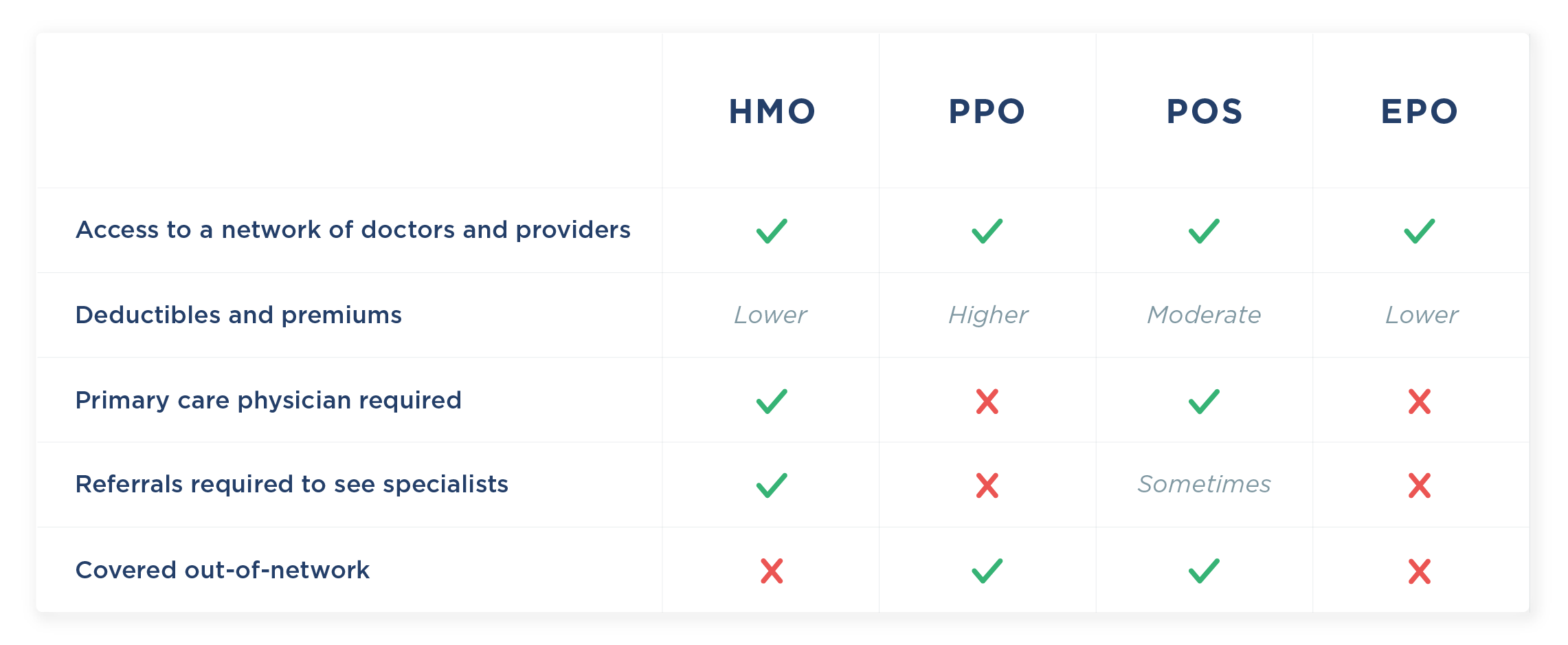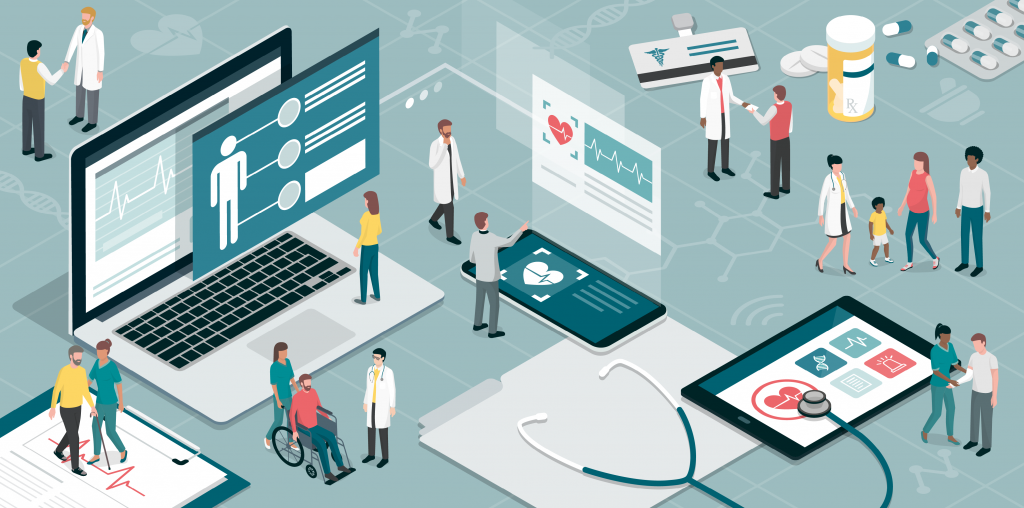Matthew proposes that doctors, like the rest of the American public, have implicit predispositions. They have views about racial minorities of which they are not consciously awareviews that lead them to make unintentional, and ultimately hazardous, judgments about individuals of color. Undoubtedly, when doctors were offered the Implicit Association Test (IAT) a test that claims to measure test takers' implicit biases by inquiring to link pictures of black and white confront with pleasant and unpleasant words under intense time constraintsthey tend to associate white faces and pleasant words (and vice versa) more easily than black faces and pleasant words (and vice versa).
Matthew concludes that physicians' implicit racial predispositions can account for the inferior health care that the studies discussed above file; thus, physicians' implicit racial predispositions can represent racial disparities in health. A variety of experiments support her claim. One research study revealed that physicians whose IAT tests exposed them to harbor pro-white implicit predispositions were most likely to recommend discomfort medications to white patients than to black patients.

The experiment exposed that doctors whom the IAT tests revealed harbor anti-black implicit predispositions were less likely to prescribe thrombolysis to black patients and most likely to prescribe the treatment to white patients. Proposing that implicit biases are responsible for racial variations in health may seem unsafe if one thinks that private and structural aspects can never ever run all at once.
United States' policies make public medical insurance unavailable to undocumented immigrants in addition to documented immigrants who have actually been in the country for less than 5 years. Our residential neighborhoods stay dramatically segregated. We have a two-tiered healthcare system that provides wonderful care to those with private insurance and mediocre care to those without.
Some Known Details About What Is The Purpose Of Formalized Codes Of Ethics In The Health Care Professions?
If companies' implicit racial biases add to excess morbidity and mortality amongst individuals of color, we should recognize that people with implicit biases practice medicine within and along with structures that jeopardize the health of people of color. Khiara M. Bridges is a teacher of law and teacher of anthropology at Boston University.
The health-care sector remains in numerous ways the most substantial part of the United States economy. It is a basic part of individuals's lives, supporting their health and well-being. Furthermore, it matters because of its financial size and budgetary ramifications. The health-care sector now utilizes 11 percent of American employees (Bureau of Labor Statistics [BLS] 19802019b and authors' computations) and represent 24 percent of government costs (Centers for Medicare & Medicaid Providers [CMS] 19872018; Bureau of Economic Analysis 19872018; authors' estimations).
1 percent of consumer expenses; BLS 2019a). A well-functioning health-care sector is therefore a prerequisite for a well-functioning economy. Unfortunately, the problems with U.S. healthcare are significant. The United States invests more than other nations without acquiring better health results (Papanicolas, Woskie, and Jha 2018). Healthcare is growing as a share of the economy and government spending plans in manner ins which appear unsustainable (CMS 19602018; Organisation for Economic Co-operation and Development [OECD] 2015).
But even if expenses as a share of GDP plateaued at their current level, they would still represent a massive expenditure of resources. Sixty years back, health care was 5 percent of the U.S. economy, as can be seen in figure A; at 17. 7 percent in 2018, it was more than three times that.
Rumored Buzz on What Countries Have Universal Health Care

Some of these modifications are desirable: As a country gets richer, spending a greater share of income on health may be optimal (Hall and Jones 2007) (what is a single payer health care). which of the following are characteristics of the medical care determinants of health?. Countries with a greater level of output per capita tend to have a greater level of health expenses per capita (Sawyer and Cox 2018).
Finally, if productivity advancements are more fast in tradable goods like agriculture or manufacturing than in services like health care or education, the latter will tend to rise in relative rate and as a share of read more GDP. But a few of the boost in health-care expenses is undesirable (Cutler 2018). Rent-seeking, monopoly power, and other defects in health-care markets sometimes lead to unneeded care or in elevated health-care costs.
Spending by private and public payers have actually both increased. The United States has a health-care system that mostly includes personal providers and private insurance coverage, but as health care has ended up being a majority of the economy, a greater share of health-care funding has been provided by federal government (figure B).
As displayed in figure C, health care has actually functioned as a share of overall federal government expenditures in the last 3 years, from 11. 9 percent in 1990 to 24. 1 percent in 2018. This increase comes from the rising shares of the population enrolled in Medicare, Medicaid, state Children's Health Insurance coverage Programs, and veterans' health advantages.
The Best Strategy To Use For When Is The Vote On Health Care
At the exact same time, costs on discretionary programs like education and research study and development have decreased as a share of GDP (Congressional Budget Workplace 2020). If health expenses continue to increase as a share of government spending, the increase will ultimately require either tax boosts or decreased spending on other crucial government functions like public safety, infrastructure, research study and development, and education.
Firms and families in the United States invested 10 percent of GDP on healthcare in 2018. Despite prevalent coverageas of 2018, 91. 5 percent of Americans had either private or government medical insurance for all or part of the year (Berchick, Barnett, and Upton 2019) many individuals still face big and variable out-of-pocket health-care costs.
At the other end of the distribution, approximately one in seven have no out-of-pocket expenses at all in a given year (figure D). The upper end of the circulation of out-of-pocket costs overshadows the liquid resources of numerous U.S. households, meaning that lots of individuals faced with an unfavorable health shock may likewise discover themselves in monetary difficulty.
2013). Unanticipated health expenses can generate personal bankruptcies and ongoing financial challenge (Gross and Notowidigdo 2011). In this document, we offer 12 realities about the economics of U.S. health-care, focusing largely on the private-payer system. We highlight the surge in health-care Alcohol Detox expenditures and their present high http://simonevny759.wpsuo.com/top-guidelines-of-how-long-does-medicare-pay-for-home-health-care level. We note the broad variation of expenditures throughout individualssomething that demands insurance coverage.
Getting My Which Entity Oversees The Licensure Of Health Care Facilities? To Work
We reveal that a lack of competitors and high administrative costs are particularly important factors to high expenses, indicating the need for reforms to lower costs in the United States. To keep the focus on these concerns, we do not go over questions of coverage or of how protection is provided (openly or by means of the marketplace), but instead deal with the questions of why expenses, expenses, and costs are so high.
Removing excess costs from the health-care system is both an economic vital and an enhance to policy efforts to improve health-care access and outcomes. In the following facts we supply context for comprehending the landscape of policy options for decreasing expenses in the health-care system. Investing in U.S. healthcare has actually grown steadily, increasing from $2,900 per individual in 1980 to $11,200 per person in 2018 (determined in 2018 dollars) a 290 percent increase (figure 1a).